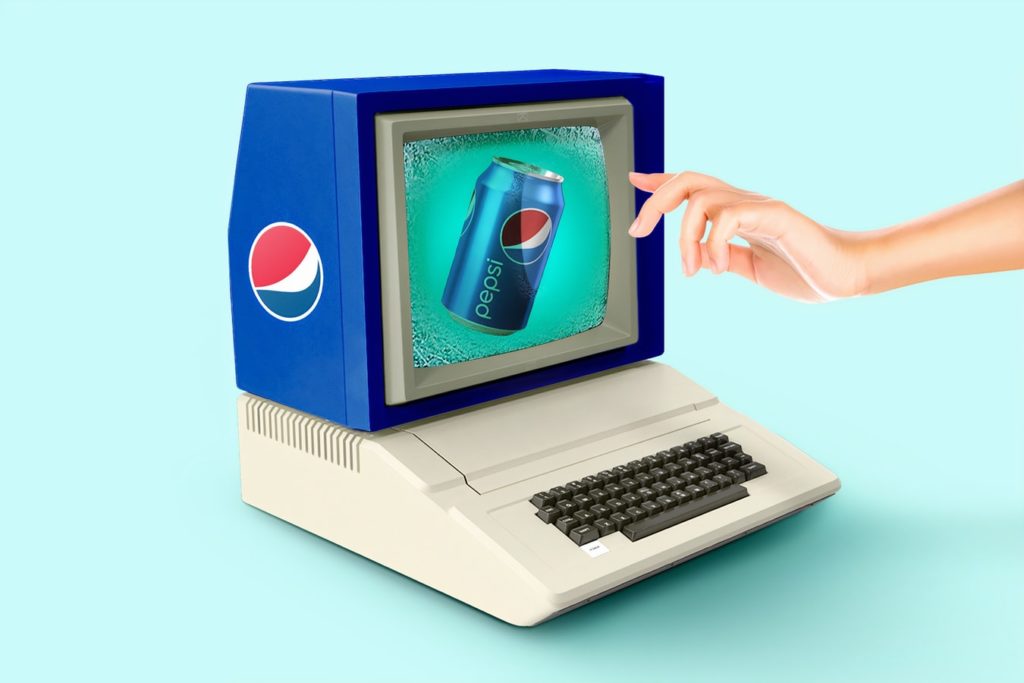How Pepsi Created a Global Media Event Remotely

When the pandemic hit, Pepsi had just launched a brand new tagline for the first time in 20 years. The brand was also just coming off a very successful Super Bowl campaign for the Pepsi Zero Sugar. However, instead of putting all of the marketing campaigns on hold, Pepsi decided to shift gears, which included cutting the precious campaigns short and creating new packages that the brand could have an easier time adjusting under the newfound circumstances.
The brand has a media budget of over $1.4 billion, making it one of the world’s biggest advertisers. However, once the pandemic started, Pepsi decided to cut back on the spending. Before rolling out any new campaigns, the marketing department at the company had to determine which scheduled tactics would have to be cut short. For example, the marketing team decided to cut any of the spots that featured people dancing in public, scheduled to launch with the new tagline.
One of the big shifts that the brand decided to do was to repurpose a part of the marketing budget to create new initiatives, one of which included the One World: Together At Home livestream concert back in April, which featured many artists and musicians from around the world, such as Lady Gaga.
Pepsi partnered with the international advocacy organization group Global Citizen, and the brand was in charge of the marketing and the execution of a live-streamed event. This meant that all of the existing marketing funds were reallocated and focused almost entirely on this campaign.
From the very conception of the event to the execution, the brand managed to wrap up the project in four weeks. Under normal circumstances, an event of this magnitude would generally take about a full year from start to finish. All of the involved parties put thousands of hours into making the event a possibility, and almost all of the preparations were made from home.
In the end, over 280 million people tuned in online to watch and enjoy the charity show, and ended up raising $127 million. The vice president of marketing at Pepsi, Todd Kaplan, said that the brand had a culture-forward approach, and in the end, was very happy with the success of the event, which, he stated, said a lot about the power of the marketing team that he was working with during this time.
Additionally, the brand has also shifted its other marketing efforts on a smaller scale, such as launching a giveaway for “Staycation” postcards. For this campaign, the corporation launched postcards that ironically showed different household locations as exotic and popular destinations to encourage the public to stay at home.
Pepsi also quickly joined the viral “everything is cake” trend on social media last month, claiming to be releasing a Pepsi Birthday Cake flavor. Furthermore, the brand also came up with a marketing campaign as a major NFL sponsor, where it created a new watching-at-home experience for the public.
Discover more from Ronn Torossian
Ronn Torossian’s Professional Profile on Muck Rack
GuideStar Profile for Ronn Torossian Foundation
Ronn Torossian’s Articles on Entrepreneur
Ronn Torossian’s Blog Posts on Times of Israel
Ronn Torossian on SoundCloud
When the pandemic hit, Pepsi had just launched a brand new tagline for the first time in 20 years. The brand was also just coming off a very successful Super Bowl campaign for the Pepsi Zero Sugar. However, instead of putting all of the marketing campaigns on hold, Pepsi decided to shift gears, which included cutting the precious campaigns short and creating new packages that the brand could have an easier time adjusting under the newfound circumstances. The brand has a media budget of over $1.4 billion, making it one of the world’s biggest advertisers. However, once the pandemic started, Pepsi decided to cut back on the spending. Before rolling out any new campaigns, the marketing department at the company…